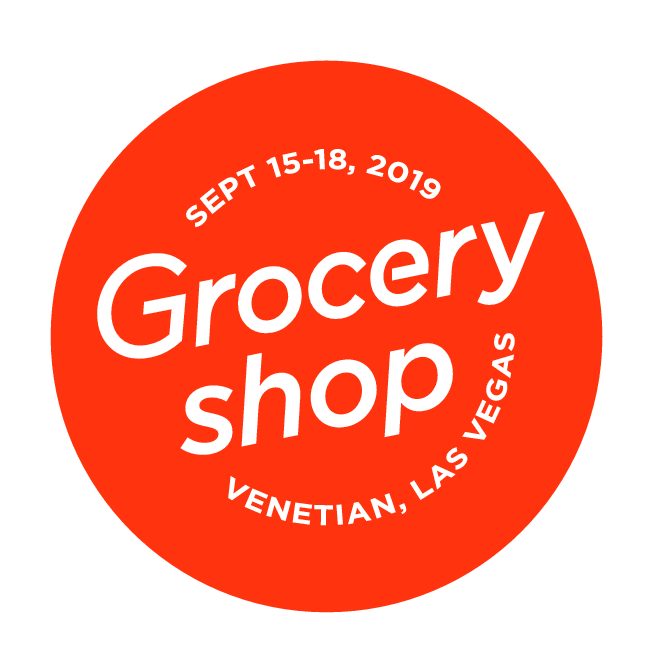
Emergent – Architects of Brand Engagement
October 10th, 2019 Posted by Emergent Agency Services, brand marketing, brand strategy, CMO, Digital marketing, Emergent Column, Healthy Living, storytelling 0 comments on “Emergent – Architects of Brand Engagement”Our ‘elevator speech’ requires unconventional response
At the recent GroceryShop convention “Friends of the Future” networking event we helped produce in Las Vegas, I was asked repeatedly, “what is Emergent?” – The event was an exciting veritable meet-and-greet mosh pit of first-time introductions. At one point a colleague of ours from the Food Marketing Institute turned to me during an overture to a Pepsico executive and said, “Bob, give him the elevator speech about Emergent.”
In these moments when time and everyone’s headspace is at a premium, we tend to default to the simple explanation, frequently bound up in the tactics of what we do. So reflexively I reached for the convenient list of tools in the toolbox: brand strategy and positioning guidance, earned and social media, etc.
I left these conversations thinking, “that really doesn’t convey the essence of our secret sauce.”
A reflection on who we are and why that should matter to you
When we look back over time at the special moments when clients have allowed us to rise to our very best, we find a legacy of bigger ideas and strategic concepts that represent game changes of various kinds in various categories.
Understanding that transformational change is at the core of what we do, this immediately shifts the focus from tactics and tools to strategic platforms that inform the solution. Candidly, communications tactics without a strategic, differentiating concept forming the foundation underneath are just messaging vessels.
So here it is: Emergent is in the CPG brand and food retail transformation business, delivering strategic platforms that can impact the behavior of the organization and its business to bring incremental, sustainable growth. Yes, we can actualize strategic ideas all the way to the ground and execute at the tactical level, but it’s the diagnostic upfront and our ability to not only see the big picture but distill the barriers to added growth that represents our defining moments with clients.
The real secret sauce is Lori Miller, my partner, and me in our strategic diagnostic analysis that helps build a roadmap for change. More often than not, we find organizations mired in the conventions and routines in their category and how they go to market. Thinking differently means looking for the marketing “zig” when everyone else is “zagging.” This is baked into how we tend to see things. Uniqueness and differentiation are never overrated.
Clients desperately want their marketing investments to hit engagement squarely on the head, no pun intended. Engagement these days, however, demands a customer-first approach to literally everything a company does.
Rule number one – we know the consumer is in charge and control of the brand relationship, requiring businesses to be less self-absorbed and more creative and agile in how they look at the opportunity to earn permission for a relationship.
Yes, relationship.
Consumers are on the hunt for deeper meaning in the products that matter to them and want brands they choose to engage with and buy, to be a mirror of their values and passions.
So, as a strategic brand communications platform, the standard, “let’s focus on the product features and benefits” messaging as the marketing chin you lead with is a non-starter. Self-reverential communication is exactly that.
Thus at Emergent, we are indeed Architects of Engagement. We work to ameliorate the tendency to dance the dance of self-serving promotion when the real opportunity starts with enabling, coaching, and guiding your consumers on their journey to greater fulfillment. This is where the messaging focus and relationships move beyond transactional interruptions and pleas. The goal is authentic alignment and conversation with consumers and the opportunity then for legitimate interaction and belief.
A specific point of view that recurs in our work
One of Emergent’s key insights is reflected in our agency’s ‘Validation Marketing’ planning model. We believe that consumers increasingly are challenged to trust the assertions and claims made by brands. In our digital always-on world, we all are confronted daily with a variety of public revelations in the media of misdeeds, scandals, errors of omission, half-truths and hyperbole.
Brand trust has taken a hit, and year on year, we see evidence of declines. Earning trust is fundamental to successful marketing outcomes and so we develop transformational strategic platforms, tools and tactics that help burnish trust, including:
- A first-in-its-industry Transparency Council for a premium pet food brand in a category where consumer demand to know more about what’s in the food and how it’s made is valued and differentiating; and
- Creating the first “True Cheese” trust mark in the cheese industry in a segment marred by product fraud and mislabeling to elevate our client’s brand and integrity above the bad acters.
We strategically deploy social media as a pipeline to social proof in the observations of delighted user stories.
We engage outside experts and credible voices to help validate what a brand states are the essential truths about their product.
We employ earned media to bring the imprimatur of editorial, reportorial assessments in consumer and trade news channels.
We create videos, that in unscripted moments, capture the essence of consumer experience and ‘see for yourselves’ tours behind the product creation curtain.
In the end, it’s our empathy for consumers as people and insight into their desires and concerns that is embedded in Emergent’s thinking. This is foundational as a primary skill in our client engagements; best seen in our devotion to putting the consumer at the center of planning each and every time. Out of that study comes relevant messaging we can successfully deploy.
Health and wellness – redefined – no longer a tertiary consideration
One visit to our web site and there in headline form is this recurring statement about Healthy Living. For a long time, “healthy” was defined as a food science proposition in varying attempts to create addition (healthier) by subtraction – less calories, fat, sugar or sodium.
Now, health and wellness are fundamental to what consumers want and is redefined as emphasis on high quality, real food experiences – less processed and with a provenance story to tell – that delivers greater transparency to the supply chain and entire product creation process.
- We know how to bring this to life and secure relevance to these principles at a time when consumers absolutely demand it.
We’re on a mission, too
As keepers of this essential truth and the flame of consumer relevance as the non-negotiable precursor to engagement and purchase, we see our mission to bring this understanding to organizations seeking to write a new chapter – whether that’s an emerging brand or an established legacy business.
This is what gets us up in the morning and characterizes our ambitions and goals for what Emergent brings to the marketing challenge for our clients.
Should this strike a chord with you, we should talk.
Looking for more food for thought? Subscribe to our blog.
Bob Wheatley is the CEO of Chicago-based Emergent, the healthy living agency. Emergent provides integrated brand strategy, communications and insight solutions to national food, beverage, home and lifestyle companies. Emergent’s unique and proprietary transformation and growth focus helps organizations navigate, engage and leverage consumers’ desire for higher quality, healthier product or service experiences that mirror their desire for higher quality lifestyles. For more information, contact [email protected] and follow on Twitter @BobWheatley.





